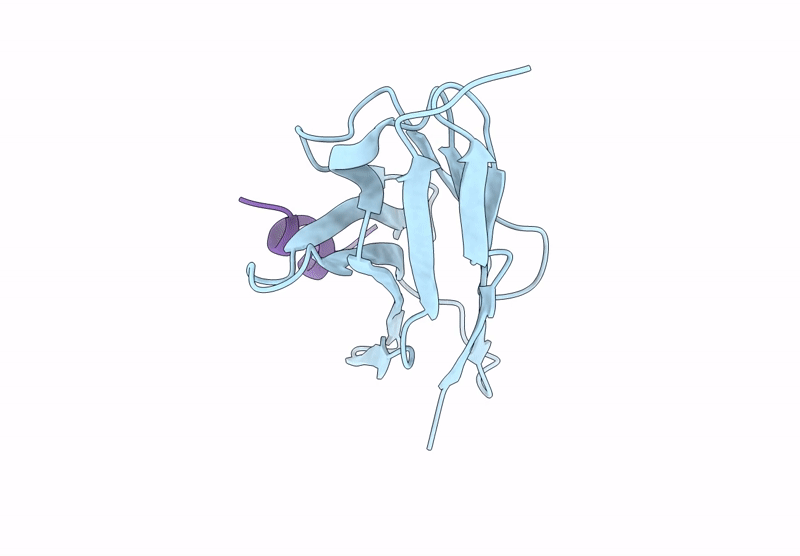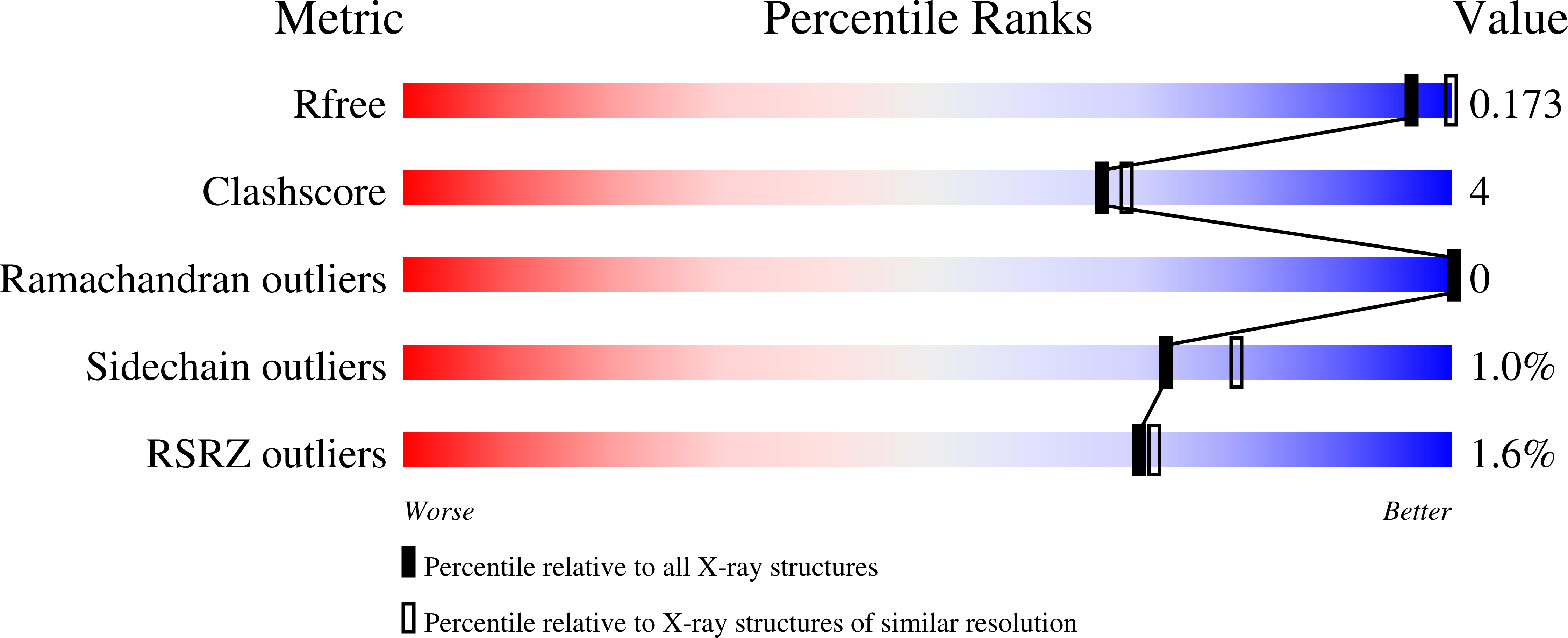
Deposition Date
2025-02-28
Release Date
2025-05-28
Last Version Date
2025-07-09
Entry Detail
Biological Source:
Source Organism:
Lama glama (Taxon ID: 9844)
synthetic construct (Taxon ID: 32630)
synthetic construct (Taxon ID: 32630)
Host Organism:
Method Details:
Experimental Method:
Resolution:
2.10 Å
R-Value Free:
0.21
R-Value Work:
0.17
R-Value Observed:
0.17
Space Group:
P 31 2 1


